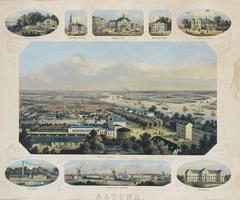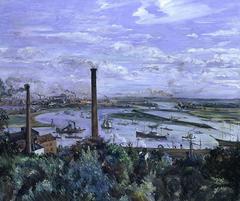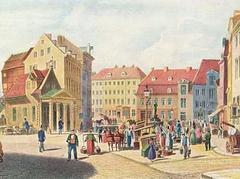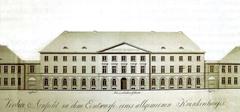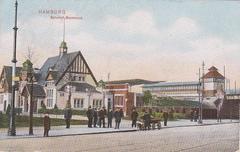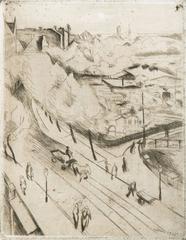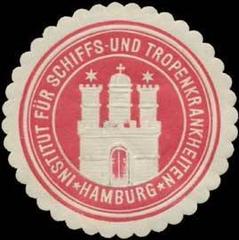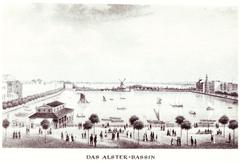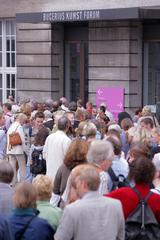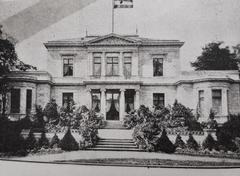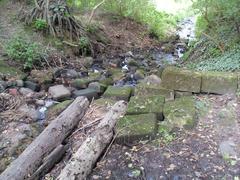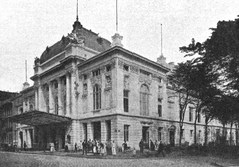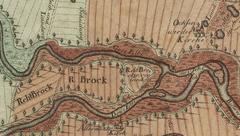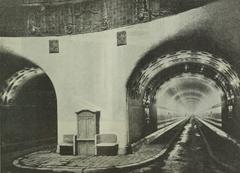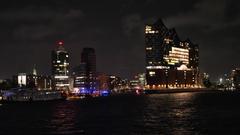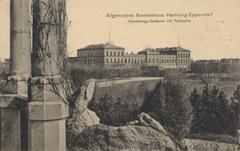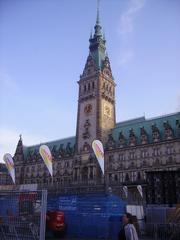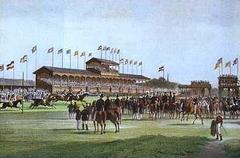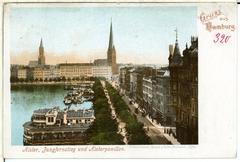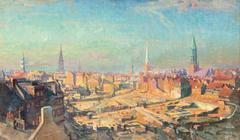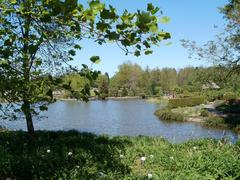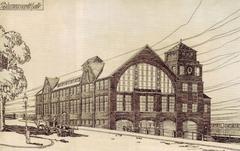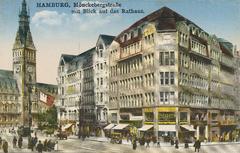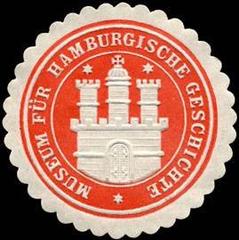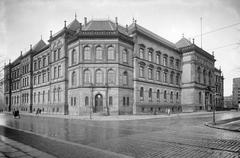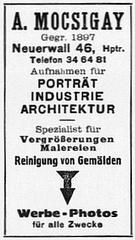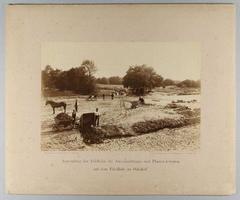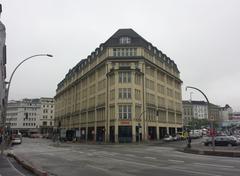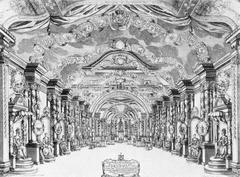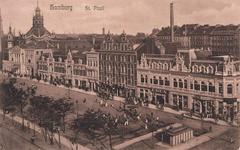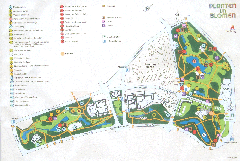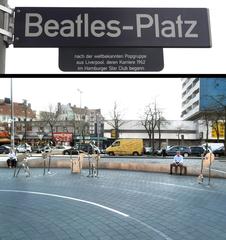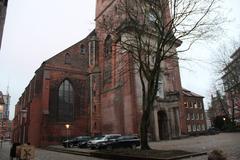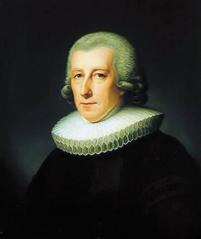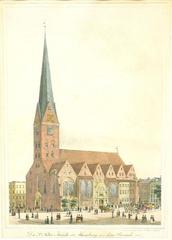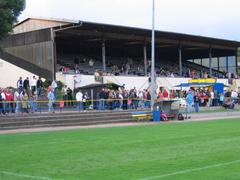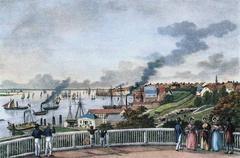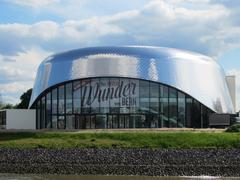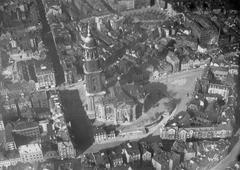Hans-Albers-Platz Visiting Hours, Tickets, and Historical Sites in Hamburg
Date: 31/07/2024
Introduction
Hans-Albers-Platz, situated in Hamburg’s vibrant St. Pauli district, offers a blend of historical intrigue and contemporary excitement. Named after the legendary German actor and singer Hans Albers, this square is a testament to his enduring impact on Hamburg’s cultural landscape (Wikipedia). From its origins as Wilhelmplatz to its renaming in 1964, four years after Albers’ death, the square has evolved into a bustling hub known for its lively nightlife, historical landmarks, and rich cultural offerings (Hamburg Travel). Visitors can explore the bronze statue of Hans Albers, a focal point created by artist Jörg Immendorff, which stands as a symbol of the square’s historical significance despite its controversial past. Whether you are a history enthusiast, a music lover, or simply looking to immerse yourself in the local culture, Hans-Albers-Platz promises a multifaceted experience that captures the essence of Hamburg’s maritime spirit.
Table of Contents
A Guide to Hans-Albers-Platz in Hamburg
History and Significance
Renaming and Dedication
Hans-Albers-Platz, located in Hamburg’s St. Pauli district, is steeped in cultural and historical significance. Originally known as Wilhelmplatz, the square was renamed in 1964, four years after the death of Hans Albers, a renowned German actor and singer. Albers, born in Hamburg in 1891, was a prominent figure in German cinema and music, particularly known for his roles in films and his popular songs that often depicted the life of sailors and the maritime culture of Hamburg (Wikipedia).
The Statue of Hans Albers
In 1986, a bronze statue of Hans Albers, created by artist Jörg Immendorff, was erected in the square. This statue stands almost three meters tall and serves as a focal point of the square. However, the statue’s history is marked by controversy. In 1995, due to a dispute between Immendorff and the Hamburg Senate, the original statue was removed and relocated to Düsseldorf’s Media Harbour. Subsequently, the Hamburg Senate commissioned a copy of the statue, which now stands in Hans-Albers-Platz (Hamburg Travel).
Cultural and Social Hub
Hans-Albers-Platz is not just a historical landmark but also a vibrant cultural and social hub. The square is surrounded by numerous bars and pubs, making it a central part of Hamburg’s nightlife. It is often referred to as “Kleiner Kiez,” a term that denotes a smaller part of the larger Reeperbahn area, known for its lively and sometimes notorious nightlife. The atmosphere in the square is exuberant, especially after sunset, attracting both locals and tourists who come to enjoy the nightlife, live music, and the unique ambiance of St. Pauli (Hamburg Travel).
Visitor Information
Hans-Albers-Platz is accessible to visitors at any time of the day, though it truly comes alive in the evening. There is no entrance fee to visit the square. For those interested in exploring the area, guided tours are available, providing insights into the rich history and vibrant culture of St. Pauli. The square is also wheelchair accessible, ensuring that all visitors can enjoy its attractions.
Nearby Attractions
Hans-Albers-Platz is strategically located near the Reeperbahn, one of Hamburg’s most famous streets, known for its entertainment venues, theaters, and nightclubs. The square’s proximity to other notable locations such as Grosse Freiheit and Hamburger Berg further enhances its appeal. These areas are home to iconic venues like the La Paloma bar and the Hans-Albers-Klause, which plays rock songs from past decades. Live music is a staple in many of the bars around the square, including Molly Malone and the Drafthouse, making it a hotspot for music enthusiasts (Wikipedia).
Historical Context and Legacy
Hans Albers’ legacy is deeply intertwined with the cultural fabric of Hamburg. Born in the city, Albers’ career spanned several decades, during which he became one of Germany’s most beloved actors and singers. His songs, often humorous and filled with double entendres, captured the spirit of Hamburg’s maritime culture. One of his signature songs, “Auf der Reeperbahn nachts um halb eins” (“On the Reeperbahn at Half Past Midnight”), remains an unofficial anthem of the St. Pauli district. The renaming of the square and the erection of his statue are testaments to his enduring influence and the city’s recognition of his contributions to its cultural heritage (Wikipedia).
Modern-Day Significance
Today, Hans-Albers-Platz continues to be a significant landmark in Hamburg. It is a place where history and modernity converge, offering visitors a glimpse into the city’s past while providing a lively and dynamic environment for socializing and entertainment. The square’s role in Hamburg’s nightlife scene cannot be overstated, as it draws visitors from around the world who come to experience the unique blend of history, culture, and entertainment that it offers (Traveloka).
Visitor Experience
For visitors, Hans-Albers-Platz offers a multifaceted experience. During the day, the square is relatively quiet, allowing for a more relaxed exploration of its historical aspects. As evening approaches, the square transforms into a bustling hub of activity, with bars and pubs filling up with patrons. In the summer, beer benches line the square, creating a festive atmosphere where people can enjoy drinks and socialize outdoors. The presence of live music and the vibrant nightlife make it a must-visit destination for those looking to immerse themselves in the local culture (Hamburg Travel).
FAQ
What are the visiting hours for Hans-Albers-Platz? Hans-Albers-Platz is open to visitors 24/7, with the nightlife scene becoming more vibrant in the evening.
Is there an entrance fee for Hans-Albers-Platz? No, there is no entrance fee to visit Hans-Albers-Platz.
Are there guided tours available? Yes, guided tours are available and provide valuable insights into the history and culture of the area.
Is Hans-Albers-Platz wheelchair accessible? Yes, the square is wheelchair accessible, ensuring that all visitors can enjoy its attractions.
Conclusion
Hans-Albers-Platz stands as a symbol of Hamburg’s rich cultural heritage and its vibrant present. The square’s historical significance, marked by its dedication to Hans Albers and the presence of his statue, is complemented by its role as a central part of the city’s nightlife. For visitors, it offers a unique opportunity to experience the essence of Hamburg, from its storied past to its lively and dynamic present. Whether you are a history enthusiast, a music lover, or simply looking to enjoy a night out, Hans-Albers-Platz is a destination that promises a memorable experience.
Call to Action
For more information about visiting Hans-Albers-Platz and other historical sites in Hamburg, download the Audiala app or follow us on social media for the latest updates and travel tips.
References
- Wikipedia, n.d., Retrieved from https://en.wikipedia.org/wiki/Hans-Albers-Platz
- Hamburg Travel, n.d., Retrieved from https://www.hamburg-travel.com/shopping-enjoying/the-nightlife-scene/hans-albers-platz/
- Traveloka, n.d., Retrieved from https://www.traveloka.com/en-vn/destination/landmark/hansalbersplatz-6156143



